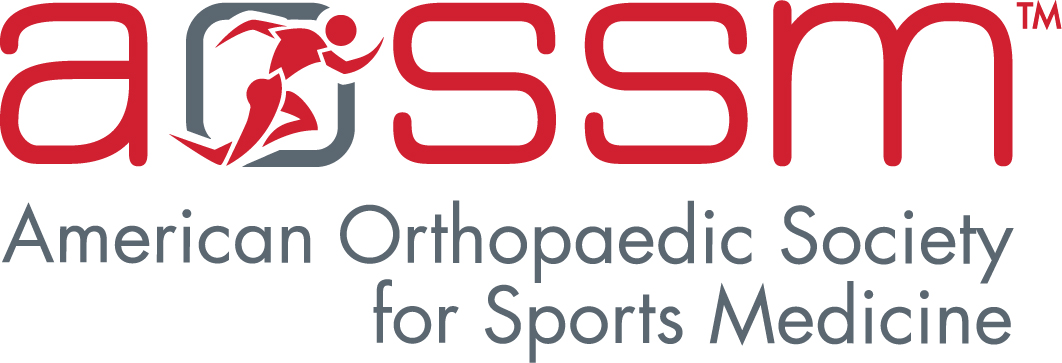Correlation Between 2nd ACL Reconstruction and Physical Therapy Utilization Noted by Researchers
Newswise — San Diego, CA – Age, gender and frequency of physical therapy utilization after an Anterior Cruciate Ligament (ACL) surgery may be correlated with second ACL reconstruction rates, according to researchers presenting their work at the American Orthopaedic Society for Sports Medicine’s Specialty Day today.
“Participation in physical therapy (PT)correlates with higher 2nd ACL tear rate within both 12 & 24 months, especially in young females,” said lead researcher, Jonathan Godin, MD, MBA of Duke University Medical Center in Durham, NC. “PT is of particular value in young athletes who are at a high risk of a future injury. However, our research noted that patients that heavily utilize PT after ACL reconstruction (more than 30 visits in a 6 month period) are in fact at the highest risk of a second ACL injury - as high as 25%.” The authors emphasize that this is a correlation, not necessarily a causative relationship.
Godin and his colleagues analyzed the records of 13,089 patients who had undergone ACL reconstruction between 2007 and 2014 using the PearlDiver database. Demographic data, including age and sex were also analyzed as part of the study. PT use was determined by the percentage of patients with post-operative physical therapy codes at 2, 4, 6, 12 and 24 weeks post-surgery. Patients who had additional ACL reconstructions within 24 months were also identified. Nearly 90% of patients had at least one PT visit within six months of surgery. A total of 513 patients had a second ACL surgery. Women had a slightly higher rate of subsequent ACL surgery than men, 7.0% vs 6.0% respectively.
“This is the first analysis of a large database to report PT utilization rates following ACL reconstruction and the effects it has on subsequent ACL tears. However, the reason for a correlation between heavy PT utilization and secondary ACL injury remains unknown. Potential explanations include increased PT utilization in patients that return to high-risk sports, or potentially increased utilization in patients with poor neuromuscular skills that aren’t easily corrected in therapy. Regardless, this provides a simple strategy for identifying patients at the highest risk of subsequent injury for prevention research. We also hope to be able to investigate what the ‘sweet spot’ is for appropriate PT visits after ACL reconstruction, as increased utilization (and cost) don’t clearly correlate with improved outcomes,” said Godin.
###
The American Orthopaedic Society for Sports Medicine (AOSSM) is a world leader in sports medicine education, research, communication and fellowship, and includes national and international orthopaedic sports medicine leaders. The Society works closely with many other sports medicine specialists, including athletic trainers, physical therapists, family physicians, and others to improve the identification, prevention, treatment, and rehabilitation of sports injuries. AOSSM is also a founding partner of the STOP Sports Injuries campaign to prevent overuse and traumatic injuries in kids.
Meeting Link: American Orthopaedic Society for Sports Medicine Specialty Day
